Wine allergen labelling is still up in the air. Sulphites seem to very widely mentioned but The Foods Standard Agency website states that ‘The European Commission have recently agreed a regulation that will extend the temporary exemptions for allergen labelling requirements for both egg albumin and milk (casein) used as fining agents for wine, and lysozyme (produced from egg) used in wine for a further 18 months until 30 June 2012.’
It appears that the wine industry is being given time to request a permanent exemption from having to declare these allergens. This seems bizarre to me. If it contains allergens, in my book it should either contain a warning, or declare the presence. We all know that warnings are just cop out, but since this would require labelling to be changed anyway, the allergen might as well be included. Perhaps even in percentages. What is the allowable recognised minimum if dairy, gluten and egg in wine? How much sulphites are added? and how much is too much? So many questions and very few answers…
Why should the wine industry be exempt from allergen labelling? Is this because tests have proven the presence of such allergens do not cause any adverse reactions? Have they actually tested this on individuals with severe allergies? Wouldn’t those with allergens be better served by having the choice about whether to consume products that contain traces of allergens they may react to?
Surely they shouldn’t have too much trouble adding a few more details to their labels, which could be made slightly larger if necessary to accommodate this without too much extra cost. The food industry has embraced allergen labelling with differing results. There is still confusion but at least we are seeing progress, even if some of us think that ‘may contain’ labelling is a bit vague and has a long way to go.
You’ll notice sulphites on nearly every bottle of wine now so what about the other ingredients? What’s the hold up? They must know what goes into making their wine and if they are ashamed of adding these things and don’t want to declare them then perhaps they shouldn’t add them!
You can now buy sulphite free wine called So-Lo from The Good Wine Company online, but I don’t know what other allergens they contain.
What are they worried about? Do they think the presence of such allergens on labels will put people off? Only a very small proportion of the UK population, just 2%, have allergies and not all of these are allergic to eggs, dairy or sulphites, so wine sales should not be affected greatly.
This label, from a recent purchase of red wine at my local Co-op, shows very detailed allergen labelling. If Co-op, one of the smaller food retailers in the UK, can do it, then why can’t everyone else?
The label looks just the same as any normal wine bottle label and the font size is large enough to read.
Rather interestingly it lists lactic bacteria as an ingredient as well the exact types of grape used, stabilisers and clearing agents used. Simple and yet so useful. I didn’t read this until the next morning through swollen eye lids. Needless to say I shall be reading wine labels far more thoroughly from now on.
I had eczema on my eye lids, cheeks, forhead and across my back the day after drinking this wine. Hard, liquid filled lumps which itch until scratched and then leave unsightly eczema for days. Now maybe I was just due some nasty rashes. Maybe this was totally unrelated. But anyone reading this who has allergies will know that unless you’ve had loads of unknown foods you know what caused a reaction. Especially when you read a label like this!
I’m so careful now because otherwise I have to go out, meet clients and see friends with painful sore skin. It doesn’t happen when you have nowhere to go and it kind of puts a dampner on any nights out if wine is consumed – that Russian Roulette game that I play. So for now, wine is off the menu, unless I’ve tried it before. There are some that are fine. Perhaps this is caused more by high sulphite content. Who knows. I, for one, am confused about this and hope that wine labelling will soon identify the presence of ALL thirteen allergens.
Other industries have to make changes and update their labelling. Surely wine produces don’t have years and years worth of labels printed? I think we would all understand if present stock was used up before new labelling was printed, with perhaps a list available somewhere for those interested, so they could avoid any reactions. The excuse that new labelling would cost them money is weak. Whilst allergen levels may not be high enough to cause anaphylaxis, they are high enough to cause a nasty reaction in some.
Have you ever had a bad reaction to wine? What do you think causes it? What do you think about wine allergen labelling?
For further information:
Read ‘A guide to wine law’ on The Food Standards Agency website. You can download a detailed pdf.
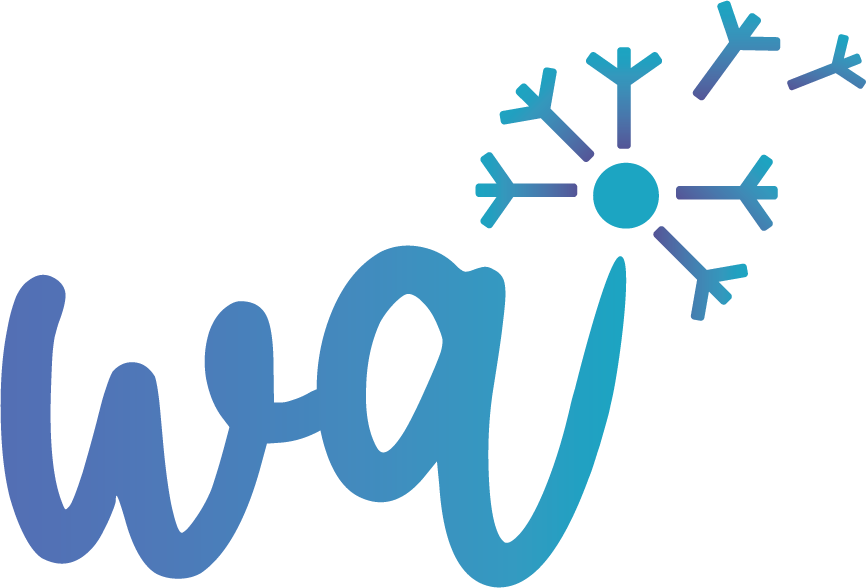


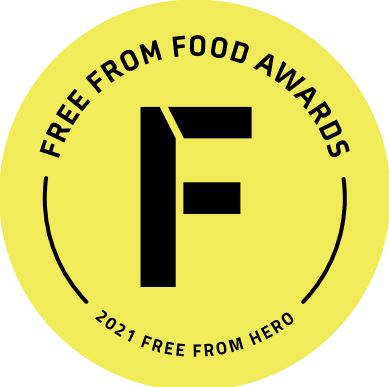


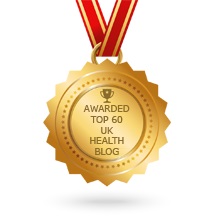

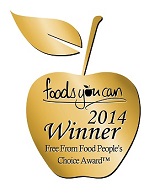
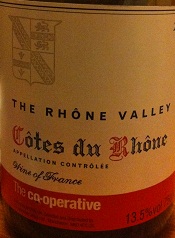
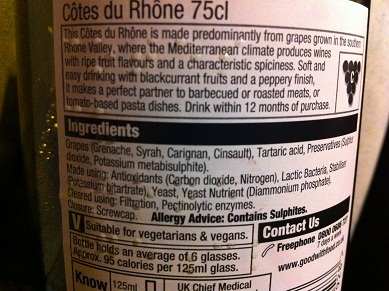
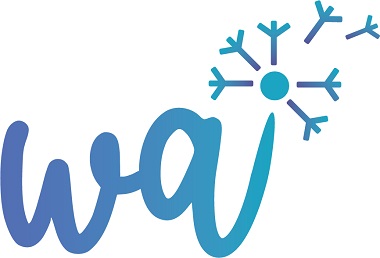
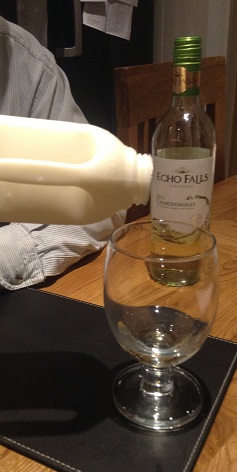
Hi Ruth – The main reason that wine industry is so reluctant to declare allergens is, I suspect, because that would mean that they also had to declare all the other, less than attractive ingredients to be found in cheaper wine – this does not, of course, apply to the better wines. When I was involved with a labelling campaign some years ago we found that some wines included no less that 19 undeclared chemical and other additives/ingredients…. I don’t think much has changed.
Lactic acid bacteria, despite its name, does not necessarily contain any dairy products. It a bacteria widely used in the food industry for fermentation amongst other things. It can be, and is, cultured on many bases – including dairy products, but VERY few manufacturers will tell you, even if they know, how the bacteria they have used was cultured. In your case, if it had been cultured on dairy then I am sure it would retain sufficient dairy protein to cause you to react.
Guess it will a case of ‘take you own bottle’ – well, you will be a cheap and popular guest!!
Michelle, nothing surprises me these days. I think it’s high time the wine industry was whipped into shape as far as declaring what additives and chemicals they use. Might clean things up a bit. We want grapes in our wine – not artificual man made damaging nasty chemicals! Back to basics – that’s what I say! I generally do take my own bottle buy often that gets secreted away and you get something else! Is it rude to say, “Do you mind if I drink this wine, all of this bottle in fact, all to myself?” at a dinner party… he he he
Hi Ruth,
I was surprised to read your blog about wines having an exemption as I thought this had ended last January (2011). My son has a very severe allergy to milk and reacted to champagne on his 18th birthday which wasn’t a great start to his year! I know that milk, egg and fish products can be used in the finings but thought it was being labelled properly.
Sue that’s what I thought too so I thought I’d share this new date. I did get a detailed reply from the Food Standards Agency which I’ll try to include here for info as a download perhaps as they sent me a full pdf with copious explanations. It’s not looking good. It seems they are after getting exempt so they do not have to label these allergens by proving scientifically that the levels are low enough not to cause a reaction. I KNOW I get reactions so I’m very worried. More to follow.
Absolutely NOT. Its bad enough we have to put up with Big Pharma not having to declare ingredients on their labels, they use allergens in medications such as Lactose and povadone (iodine). We need more info not less on the labeling. The wine industry wants to put us in the grave just so they can limit a few words, SHAME on them…
I agree totally Judy. Let’s hope that the few, such as Co-op will lead by example and shame the others into following suit. No excuses. No hiding any more. I am so fed up with stuff like this. Who they hell do they think they are? Grrrrr